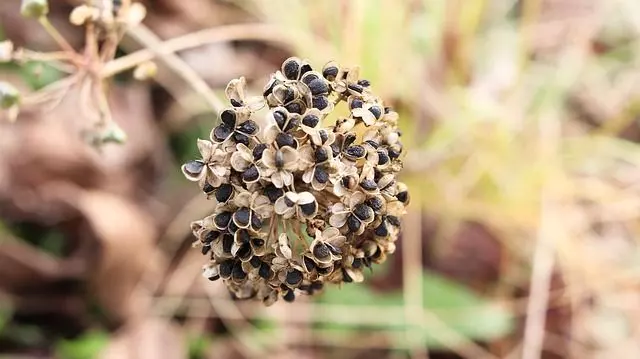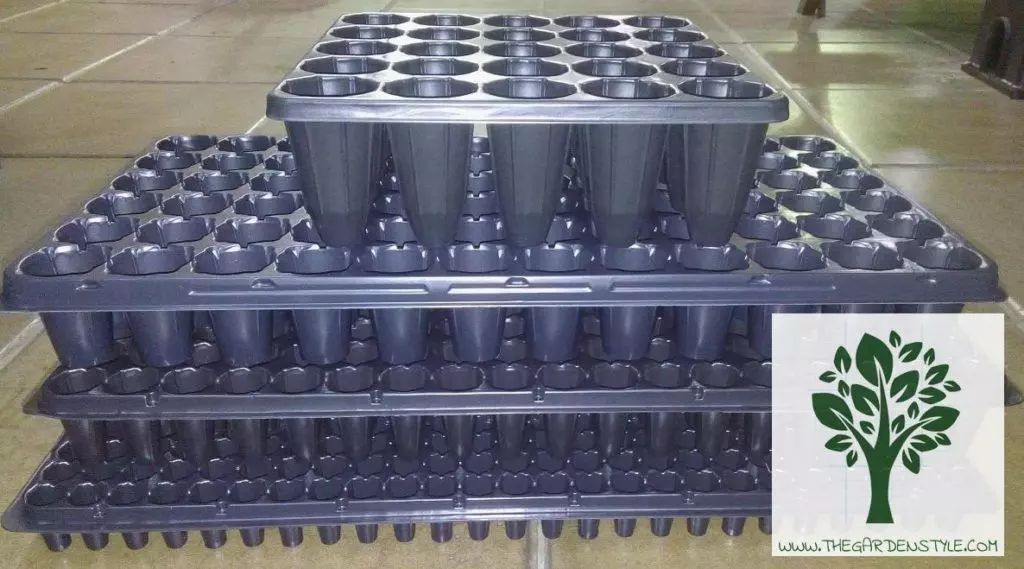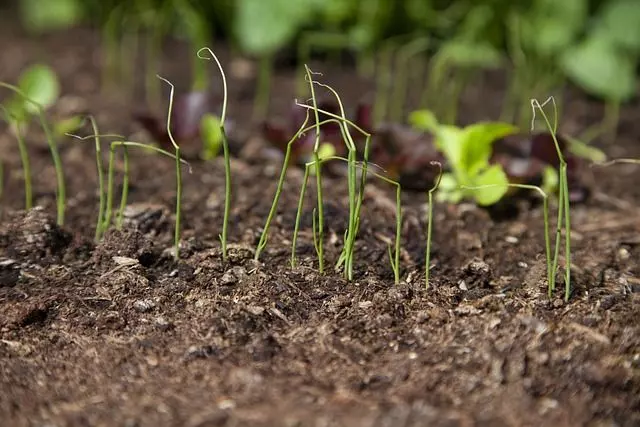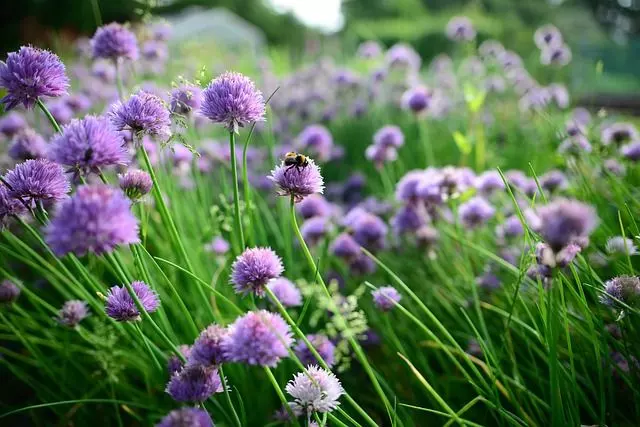Today we will explain how to plant Chives (Allium schoenoprasum). Learn also how to take care of it correctly and you will have an excellent harvest of chives.
Table of Contents
How to Plant Chives
When to Plant Chives?
Chives can be sown by repotting practically all year round, although very hot months should be avoided, specifically the summer months.
The optimum sowing time is from early spring to late autumn. It is important to keep in mind that not all varieties withstand the winter.
The French variety chives, less resistant to heat, should be sown in late summer.

Where to Grow Chives?
Chives thrive in full sun, but since they come from cool and cold climates, they have a high tolerance to frost.
However, it is advisable to plant it from spring onwards in very cold areas.
In general, it needs a lot of light and soft sun, it resists some hours of shade.
Similarly, French chives do not respond very well to the permanent sun, and although they are not affected too much, their flavor and aroma are intensified when grown mostly in the shade.
However, if you are planting chives for their aesthetic appeal, consider that they produce fewer flowers in the shade.

How Do We Irrigate? Humidity and Risks
To grow, chives require regular watering to ensure the humidity of the substrate, although we must be careful that the humidity is not excessive, especially when the crop is close to harvest.
Therefore, moderate, not too abundant, and frequent watering is required. As a reference, the soil should not be allowed to dry out completely.
Irrigation can be by furrow, sprinkler, or drip, and even rain is favorable as long as it is not excessive and the soil has good drainage.
Substrate and Nutrients: How do We Prepare the Soil?
Chives prefer moist, slightly clayey soils, very rich in nutrients, preferably calcareous humus for better drainage.
They grow best in soils with high organic matter content, so applications of mulch or compost are recommended prior to cultivation to improve soil structure and nutrient supply.
In addition, it is beneficial to fertilize plants that are harvested frequently.
Chives need a soil pH of 6.0 to 7.0.
They need a good supply of nitrogen in the soil, so it is advisable to plant chives in gardens where beans or peas have been planted before.
For organic fertilizers, a mixture of 50% soil, 30% compost, 10% worm humus, and 10% perlite is recommended.
For non-organic fertilizers, balanced fertilizer with a 1:1:1 ratio of nitrogen, phosphorus, and potassium can be used, even fertilized with manure.

How to Plant Chives Step by Step
Step 1: Clean the Soil
Remove weeds and debris from previous crops and all types of debris to ensure that the chives receive the proper amount of nutrients.
Step 2: Moisten the Soil Before Planting Chives
This will reduce the risk of pushing out the seeds due to the force of the water.
Step 3: Fertilize the Soil
Spread some fertilizer to improve the overall quality before you start planting chives. Mix them into the soil to a depth of 2″ (5 cm).
Step 4:
Make furrows in the soil 16″ (40 cm) apart. Then dig holes in each furrow, making sure to leave a distance of 4″ (10 cm) between them.
Step 5:
Insert 2 to 3 chive seeds into each hole to a maximum depth of 0.4″ (1 cm). Cover them lightly.
Step 6:
The seeds take up to a couple of weeks to germinate. If more than one seed has germinated in each hole, keep the strongest one.
Harvest Chives
Chives planted during the spring seasons take approximately eight weeks to mature.
If they are planted in winter, they take a little longer, between 30 and 40 weeks to develop.
It is recommended that chives be harvested when the plant has four to eight pseudostems.
Harvest chives during the course of the season to prevent the leaves from hardening off and to encourage the development of new bulbs.
Cut the leaves leaving 1.2″ to 2″ (3 to 5 cm) from the base. The leaves can be harvested whenever you wish when they are approximately 6″ (15 cm) long.
You can harvest it at any time you need it. You can consume it fresh, but you can also store it dried or frozen.
Harvesting flowers, for use in salads, is done when the flower opens. Flowering usually occurs between May and June. Learn more about How to Harvest Chives Without Killing the Plant.
Most Common Pests and Diseases
It is a very resistant plant that is rarely attacked by pests or diseases.
In addition, it has the particularity of keeping aphids and root flies away.
However, it is prone to certain diseases and pests, such as onion fly, white rot and downy mildew.
One way to deal with onion fly infestation is to plant scallions near carrots.

